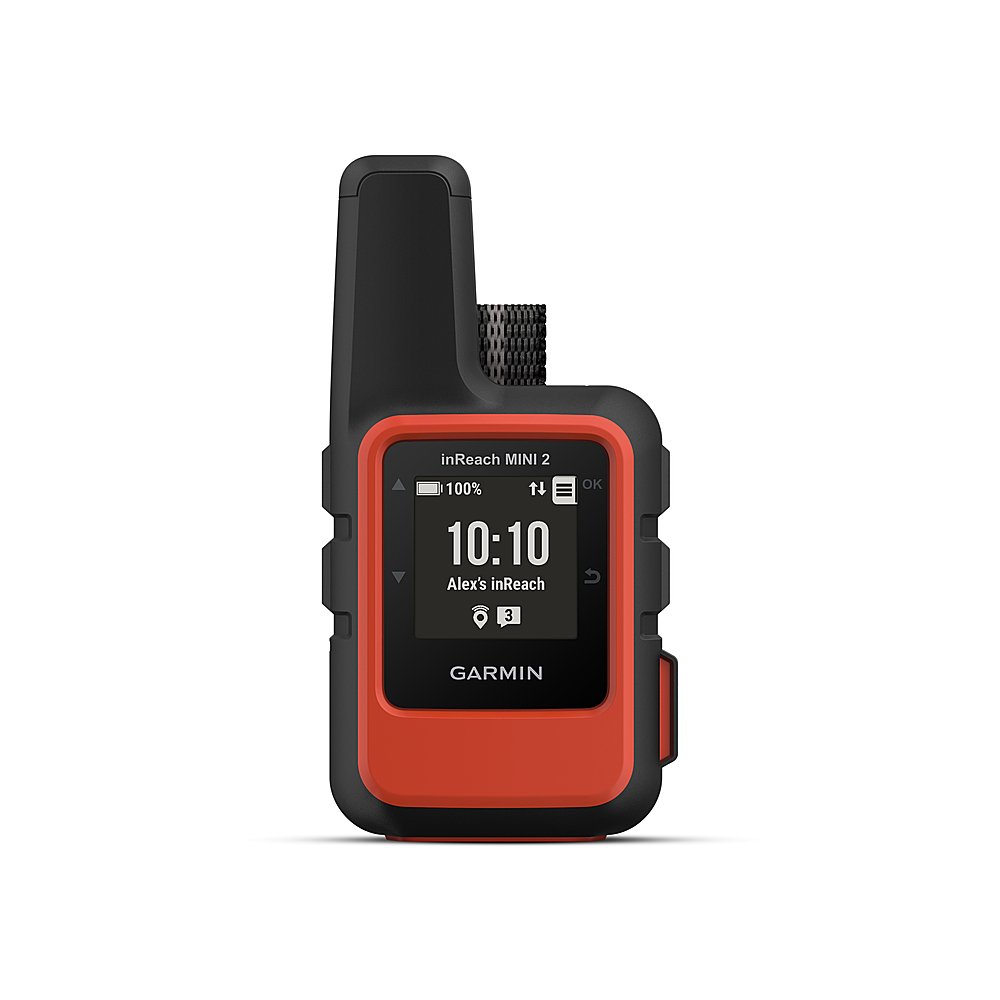
Personal locator beacons, or PLBs, are an important piece of safety equipment for anyone in the outdoors. They can signal a distress beacon to alert search and rescue teams if you become lost or injured during a hike or any other type of outdoor activity.
Today there are several different types of personal locator beacons available on the market, each with its own advantages and disadvantages. One popular brand is ACR Electronics’ ResQLink+, which features a 10-year battery life, weighs just 4.6 ounces (130 grams), and is waterproof up to 16 feet (5 meters). It also has two significant safety features: GPS location technology for pinpoint accuracy, and “Man Overboard” mode designed specifically for boaters.
Another popular brand is the Garmin inReach, which features a two-way satellite communication system and access to its own SOS alert services worldwide. The inReach also has an emergency response center that can provide help from specialists with experience coordinating rescues in remote areas. However, it does not have a Man Overboard mode like the ResQLink+.
For those who want even more reliable communication options when out in the wilderness, satellite phones are another option. A satellite phone provides a direct connection to the global cellular network and allows users to place calls as well as send and receive text messages anywhere on Earth, provided they have line of sight with at least one geostationary satellite. They are an ideal tool for adventurers who may not have access to any other form of communication, and they can be used in conjunction with a personal locator beacon for added security.
No matter which type of device you choose, it is important to remember that a personal locator beacon or satellite phone is only as useful as the person using it. It is always wise to practice safety protocols when out in the wilderness, such as letting others know your plans, carrying appropriate supplies, and taking necessary precautions against injury or getting lost. With the right equipment and knowledge, you can help ensure your own survival in any outdoor situation.
Whether you are a solo adventurer or part of a team, having the right personal locator beacon can be essential for survival in any outdoor situation. The devices come in many shapes and sizes, with varying features and capabilities. Make sure to do your research before investing in one so that you choose the device best suited to your needs. With the proper preparation and knowledge, you will be able to enjoy Mother Nature’s beauty while keeping yourself safe at all times.
